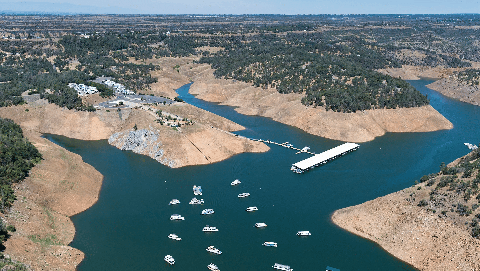
Despite December storms, water supplies remain low in many areas. Some managers expect to impose severe restrictions on their customers.
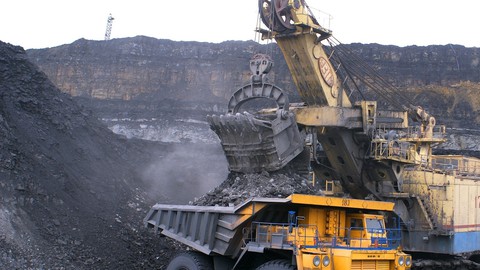
Coal is the dirtiest fossil fuel, yet it is the source of 40 percent of the world's energy. California remains an exception to coal industry dominance, using and producing less coal that almost any other state.
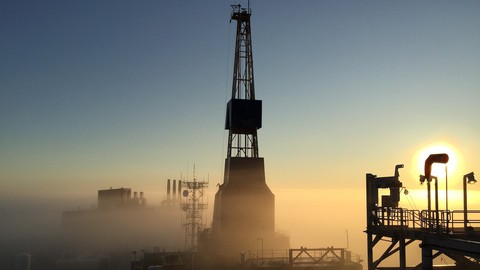
Oil aka petroleum holds a tighter grip on California than any other energy source. Here's how Big Oil came to dominate the state and world economy, and some hints at how oil's grip may finally loosen.
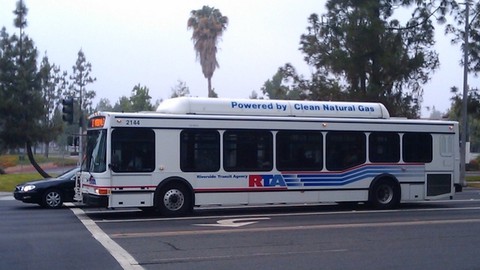
Natural gas is sometimes called a 'clean' fossil fuel, but it comes with considerable risks to the environment in both its use and how it is extracted. Here's how natural gas is a major cause of climate change.
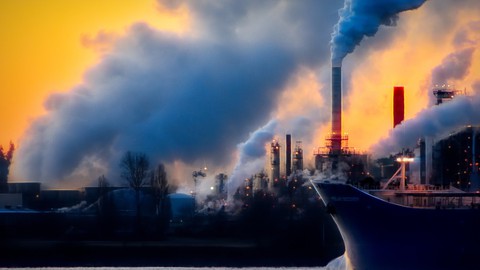
How does extracting and burning fossil fuels cause the planet to heat up, leading to catastrophic climate change? Here's a brief explanation.
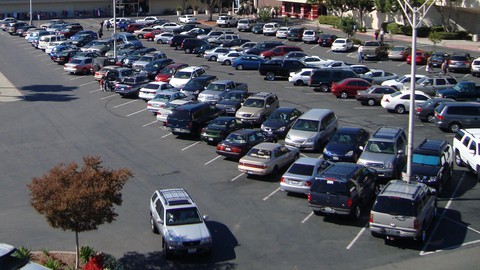
There's too much parking! Why a new law, AB 2097, cutting back on parking space requirements in new housing and business developments could be a game changer for the climate, and the housing crisis.
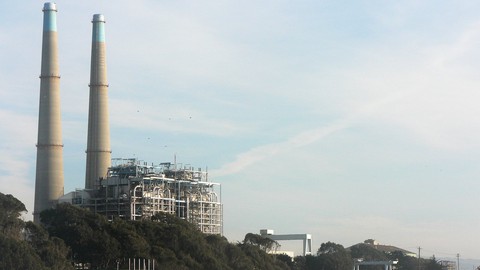
Solar power, and a network of giant battery storage facilities, are playing an essential role in moving California toward its goal of exclusive reliance on renewable energy sources.

For half a century, this group has reduced waste, reimagined local transportation and redesigned buildings. It’s all part of Ecology Action’s quest for sustainability.
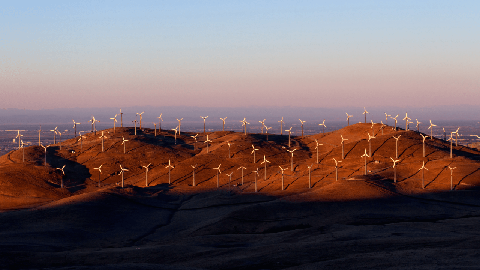
New legislation accelerates California's self-mandate to convert to a carbon-free electrical grid by 2045. But can the state actually do it?

We’ve made our proprietary content management platform available for fellow publishers.
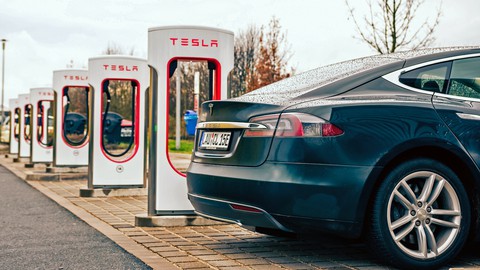
California will ban sales of gasoline vehicles starting in 2035, phasing in electric cars each year until 100 percent of new car sales will be EVs under the new requirements. Here's what it means for you.

The new Inflation Reduction Act offers substantial cash savings to California homeowners who convert to clean energy by using heat pumps, solar panels and electric vehicles.
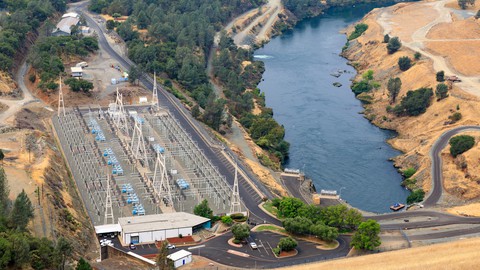
Hydroelectric is widely thought of as renewable energy that can help California achieve its climate goals. But the state doesn't even count large hydro plants toward its goal of 100 percent renewable electricity sources.

The chances of a 'biblical' megastorm devastating California have doubled over the past century, thanks to climate change, a new study warns. And as the globe continues to warm, the possibility of disaster only gets worse.
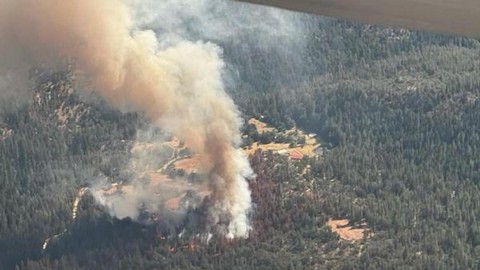
Was the deadly McKinney Fire made worse by the decline of commercial logging, or were factors such as poor forest management and climate change more important in causing the fire to explode in Siskiyou County?
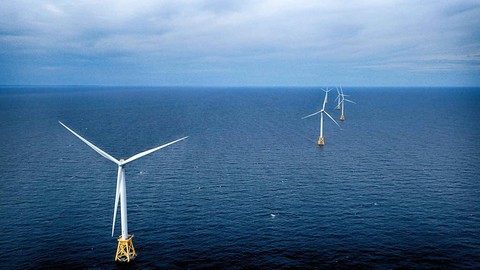
Wind power is essential to meeting California's goal of 100 percent clean energy by 2045. Moving wind farms offshore is the next step. Sites off of Morro Bay and Eureka will soon be leased by the federal government.
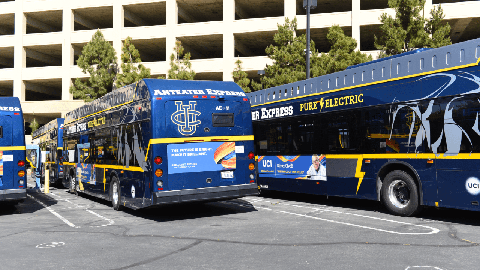
Putting more electric trucks and buses on California roads will improve air quality and grow local jobs. But for many fleets, the transition to electric will require innovative policy and finance solutions to get the job done on pace with …

Marin County created the state's first Community Choice Aggregator to deliver energy in 2010. Now, CCA's cover almost the entire California coast, with more than 200 communities choosing to take part in this new way of powering homes and businesses.
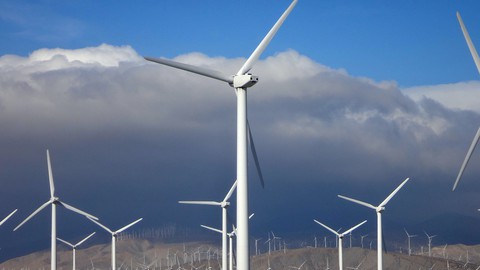
How a recent policy with bureaucratic-sounding name ‘Consumer Choice Aggregation’ delivers clean energy from renewable sources more efficiently to California consumers, potentially helping to roll back climate change.
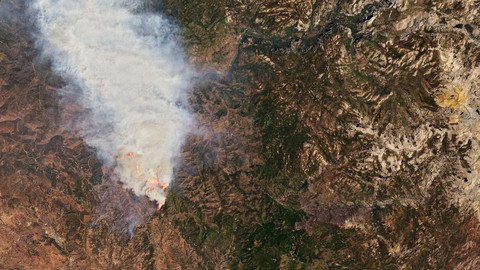
Extreme climate conditions that can be traced directly back to global warming are fueling the Oak Fire, the biggest California fire of 2022. Here’s how climate change is causing the disaster.